41 what are amino acids on food labels
Nutrition Label Content - NCBI The Committee was directed to consider recommendations for food labeling reform based ... Amino acids obtained from the digestion and absorption of dietary ... Amino Acids: Structure, Classification and Function - ThoughtCo Amino acids that can not be produced naturally are called essential amino acids. They are histidine, isoleucine, leucine, lysine, methionine, phenylalanine, threonine, tryptophan, and valine. Essential amino acids must be acquired through diet. Common food sources for these amino acids include eggs, soy protein, and whitefish.
Food labels Flashcards | Quizlet Food labels. Flashcards. Learn. Test. Match. Flashcards. Learn. Test. Match. Created by. katieg_52. Terms in this set (37) two rules when choosing a product. ... all essential amino acids must be available for protein synthesis to occur. true. you need to consume all 9 essential amino acids in the same meal.

What are amino acids on food labels
How to Read Supplement Labels Like a Pro - Healthline The term "supplements" includes a range of products, including vitamins, minerals, probiotics, herbal extracts, amino acids, enzymes, and more. The FDA doesn't regulate the safety or effectiveness... Amino Acid: Benefits & Food Sources - Cleveland Clinic The nonessential amino acids are alanine, arginine, asparagine, aspartic acid, cysteine, glutamic acid, glutamine, glycine, proline, serine and tyrosine. Some nonessential amino acids are classified as conditional. This means they're only considered essential when you're ill or stressed. Amino acid - Wikipedia Amino acids can be classified according to the locations of the core structural functional groups, as alpha- (α-), beta- (β-), gamma- (γ-) or delta- (δ-) amino acids; other categories relate to polarity, ionization, and side chain group type ( aliphatic, acyclic, aromatic, containing hydroxyl or sulfur, etc.).
What are amino acids on food labels. eCFR :: 21 CFR 172.320 -- Amino acids. The food additive amino acids may be safely used as nutrients added to foods in accordance with the following conditions: ( a) The food additive consists of one or more of the following individual amino acids in the free, hydrated, or anhydrous form, or as the hydrochloride, sodium, or potassium salts: ( 1) L-Alanine. ( 2) L-Arginine. What classifies "protein" in the context of nutrition facts labeling? Protein in food label is the amount of Protein in 100g of the total component. ... Protein in nutrition plays a crucial role in almost all ... Amino Acid, Protein Analysis & Labeling Whey proteins are good sources of branched-chain amino acids, which are important for muscle synthesis. Cereals and grains are usually deficient ... REQUIREMENTS FOR LABELING FOODS AS PROTEIN SOURCES If the value of an amino acid score is 1.0 or greater, the protein in question provides all the indispensable amino acids at a rate greater than that required ...
Ingredients in Dog Food and Cat Food: Complete Guide | PetMD There are 10 essential amino acids for both cats and dogs, and one that is essential for cats 2: Arginine Histidine Isoleucine Leucine Lysine Methionine Phenylalanine Taurine ( essential for cats) Threonine Tryptophan Valine Protein And Amino Acids: Exploring the vital macronutrient Nutrition labels list protein amounts per serving, but this information is somewhat limited. A gram of protein from one type of food isn't the same as a gram of protein from a different type of food. ... To help understand which foods contain all of the amino acids we need, food is sometimes referred to as a complete or incomplete source of ... NOW Supplement Label Transparency: Minerals & Amino Acids Each serving of the product has 400 mg of elemental magnesium and 2,265 mg citrate for a total of 2,665 mg magnesium citrate. For amino acid products†† Most of our amino acid products are either formulated as free-form amino acids or complexed with HCl (hydrochlorate). HCl accounts for some of the weight of the amino-acid-HCl complex. Amino Acids 101 - AminoFacts.org The supplement facts label mimics the nutrition facts label in format, and includes important information regarding the ingredients, serving size, number of servings, and nutritional value of a supplement as well as the amount of each nutrient it contains, along with other ingredients, including extracts, additives, and other compounds.
Protein and Amino Acid Additions to Foods The problems posed by addition of proteins and amino acids to foods is discussed in this article. The author points out the need for proper labeling of ... The Association of American Feed Control Officials > Regulatory - AAFCO Regulatory. In the US, feed regulations are enforced by state and federal regulatory officials who provide subject matter expertise in animal science, animal nutrition, feed label compliance, field operations for inspection staff and program administration. AAFCO provides a forum for these regulatory officials to come together and create model ... How Do You Know Your Food's Nutrition Facts Label Is Accurate? NIST's measurements are accurate to within 2% to 5% for nutrient elements (such as sodium, calcium and potassium), macronutrients (fats, proteins and carbohydrates), amino acids and fatty acids. As you may have noticed, most of your favorite food items have recently updated their nutrition facts labels. Pet Food Labels - General | FDA The pet food label contains a wealth of information, if one knows how to read it. ... such as vitamins and purified amino acids, may be used in pet foods labeled as organic. ...
Amino Acids: The Science Behind the Labels - Breaking Muscle These are the building blocks of proteins, called amino acids. Amino acids are organic compounds which contain at least one amino group (-NH2) and a carboxyl (-COOH) group. In the human genome, 20 amino acids are utilized to build proteins, and therefore are termed proteinogenic.
What are fatty acids on a nutrition food label? What do the words "amino acids" mean on food labels? Protein can be found in both plant and animal sources. Protein is made up of hundreds or thousands of smaller units known as amino acids that are connected in lengthy chains. Each protein's unique shape and function are determined by its amino acid sequence.
5 Foods High in Amino Acids - WebMD Because your body cannot make the nine essential amino acids itself, you need to get them from the foods you eat. The essential amino acids include: Histidine Isoleucine Leucine Lysine Methionine...
How to Understand and Use the Nutrition Facts Label | FDA Overview. The information in the main or top section (see #1-4) of the sample nutrition label (below) can vary with each food and beverage product; it contains product-specific information ...
Foods to which vitamins, mineral nutrients and amino acids may or must ... Nutrient content claims: reference information Foods to which vitamins, mineral nutrients and amino acids may or must be added [D.03.002, FDR] Note: In the second column of this table, "mandatory" refers to nutrients that must be present in the food at levels specified in the Food and Drug Regulations (FDR). For some mandatory requirements, nutrients may not have to be added to achieve the ...
Decoding Labels - AminoFacts.org Decoding Labels AminoFacts has devised a Five-Leaf System to help consumers better understand the sourcing and manufacturing practices for amino acid supplement products sold in the United States. Our goal is to inform consumers about which products are sourced from animals. What To Look For Glossary of Terms
Essential Amino Acids: Definition, Benefits and Food Sources - Healthline There are nine essential amino acids, which you must get through your diet — histidine, isoleucine, leucine, lysine, methionine, phenylalanine, threonine, tryptophan, and valine. They're vital for...
Amino Acids - Genome.gov The term amino acid has seeped into common language, such as to market food products. You may have seen lists of foods with "high amounts of amino acids," such as eggs or quinoa. And now when you see those labels, you will know that they're referring to a fundamental component of your proteins that is not static, but functional on a daily basis.
Understanding Nutrition Labels - Abbey Group Food Services In order to plan a healthy diet, we must know how to read a food label. Food labels show us if a food has a little or a lot of certain nutrients.
NCDA&CS - Kid's World - Understanding Food Labels Amino acids are building blocks that build, repair, and maintain every cell in your body. also supply energy but they have many other functions. Fats transport nutrients and they are a part of many body cells. Fats provide storage and insulation for your body. Carbohydrates and proteins that are not needed for energy are stored as fat.
Patterns of free amino acids in German convenience food products ... Subjects/methods: Quantitative amino acid analysis was performed using ion-exchange chromatography. gamma-Aminobutyric acid (GABA) concentrations were verified using a stable isotope dilution gas chromatography/mass spectrometry (GC-MS) method. The patterns of free amino acids were compared with information obtained from food labels.
Understanding Food Nutrition Labels | American Heart Association Remember that the information shown in the label is based on a diet of 2,000 calories a day. You may need less or more than 2,000 calories depending upon your age, gender, activity level, and whether you're trying to lose, gain or maintain your weight. When the Nutrition Facts label says a food contains "0 g" of trans fat, but includes ...
CFR - Code of Federal Regulations Title 21 - Food and Drug Administration Sec. 172.320 Amino acids. The food additive amino acids may be safely used as nutrients added to foods in accordance with the following conditions: (a) The food additive consists of one or more of the following individual amino acids in the free, hydrated, or anhydrous form, or as the hydrochloride, sodium, or potassium salts: (1) L-Alanine.
What Are Liquid Aminos: Recipes & Tips for How to Use Them - Greatist Liquid aminos are a great way to add savor to all sorts of things, including meat substitutes like tofu, tempeh, and seitan, with less sodium than soy sauce or tamari (and no wheat). There are ...
Protein - Nutrition Facts Labels Explained by MyFoodDiary Proteins are long chains of amino acids. There are 20 types of amino acids used to build proteins, and dietitians categorize them as either essential or ...
What is the difference between these 2 nutritional labels of amino ... Amino acid have both acidic carboxyl(-cooH) and basic amino (-NH2) group and with a side chain R. The R can be simple as hydrogen (H) or methyl (-CH3) or more ...
Amino Acids Function | Nutrition | | Course Hero There are nine essential amino acids: histidine, isoleucine, leucine, lysine, methionine, phenylalanine, threonine, tryptophan and valine. PDCAAS For proper nutrition choices foods are categorized using the Protein Digestibility-Corrected Amino Acid Score (PDCAAS).
Why are Nucleic Acids Not on Nutrition Labels? The Food and Drug Administration (FDA) does not require that food labels list the content of nucleic acids. This is because nucleic acids are not nutrients, but rather they are the building blocks of DNA and RNA. Nucleic acids are not on nutrition labels because they are not nutrients.
Amino acid - Wikipedia Amino acids can be classified according to the locations of the core structural functional groups, as alpha- (α-), beta- (β-), gamma- (γ-) or delta- (δ-) amino acids; other categories relate to polarity, ionization, and side chain group type ( aliphatic, acyclic, aromatic, containing hydroxyl or sulfur, etc.).
Amino Acid: Benefits & Food Sources - Cleveland Clinic The nonessential amino acids are alanine, arginine, asparagine, aspartic acid, cysteine, glutamic acid, glutamine, glycine, proline, serine and tyrosine. Some nonessential amino acids are classified as conditional. This means they're only considered essential when you're ill or stressed.
How to Read Supplement Labels Like a Pro - Healthline The term "supplements" includes a range of products, including vitamins, minerals, probiotics, herbal extracts, amino acids, enzymes, and more. The FDA doesn't regulate the safety or effectiveness...


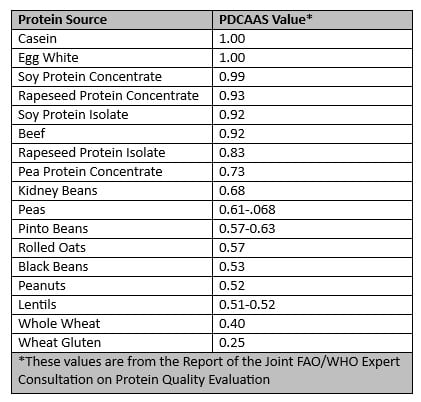





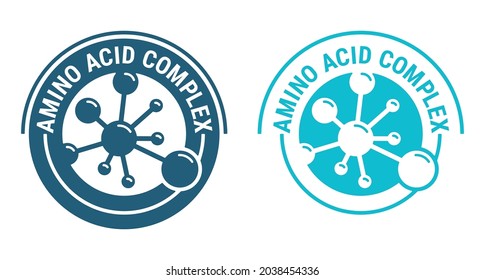




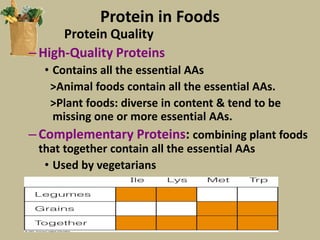



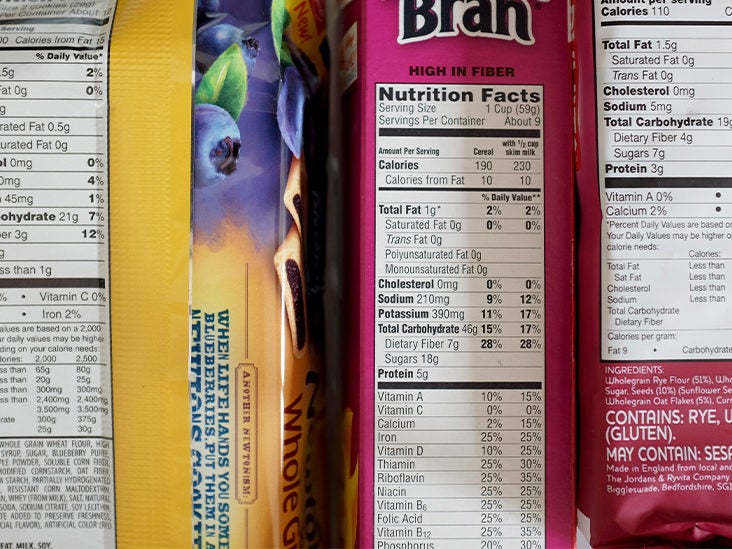



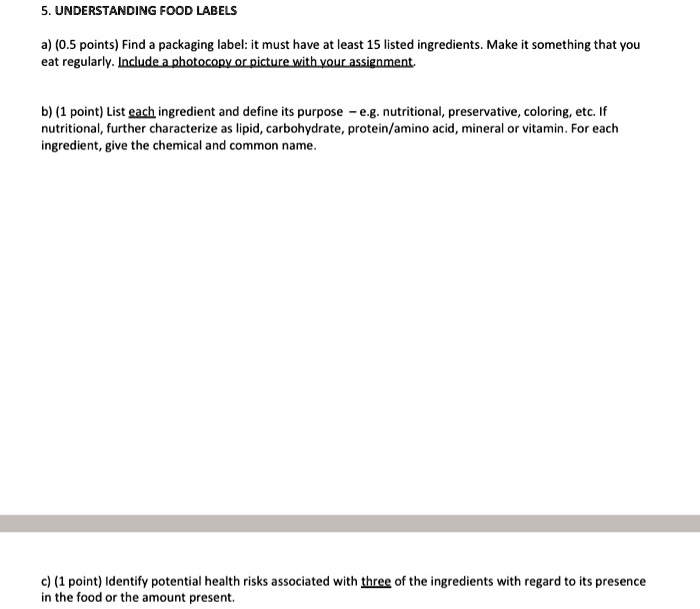
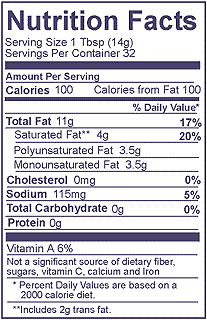


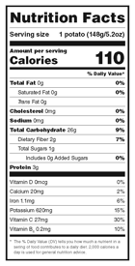
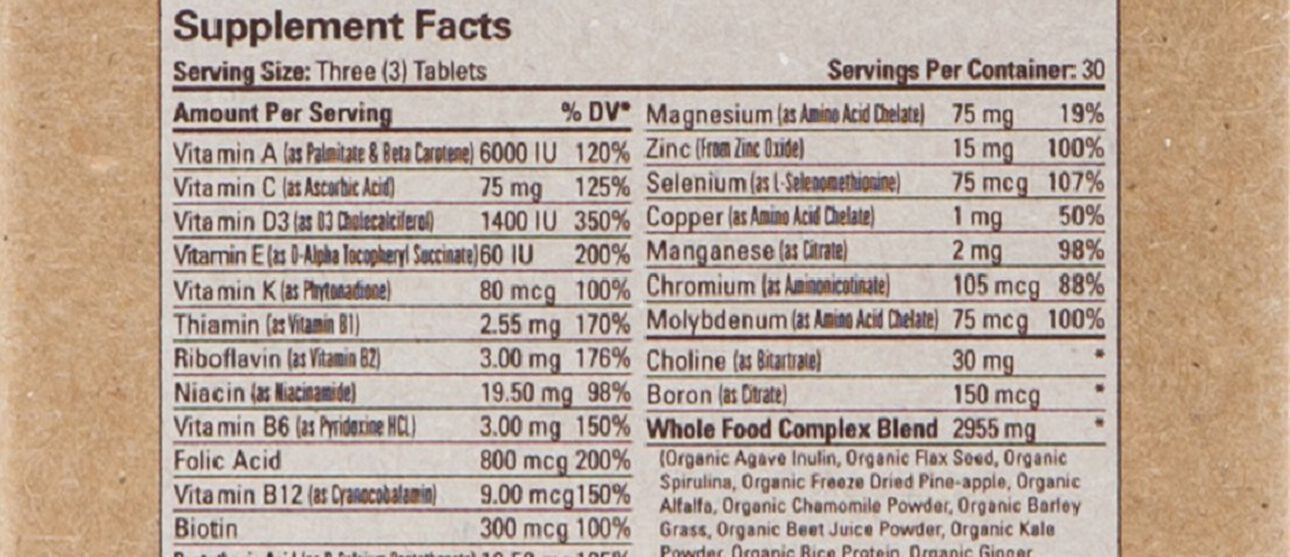
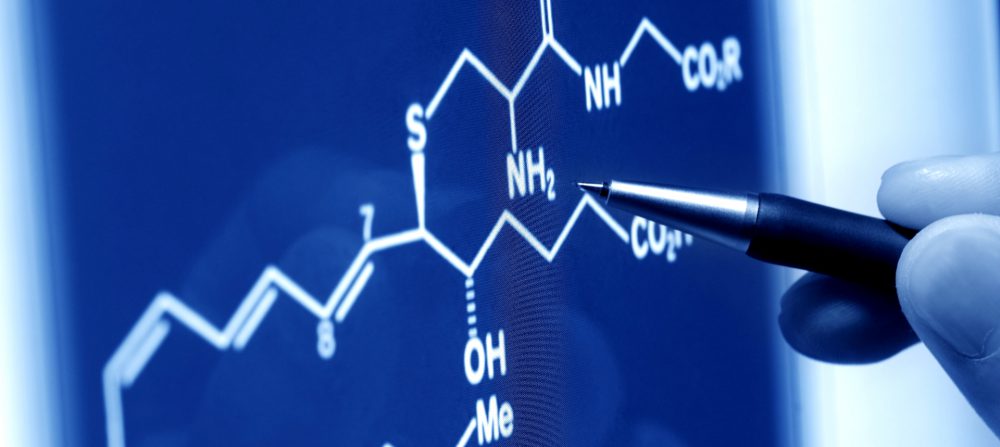
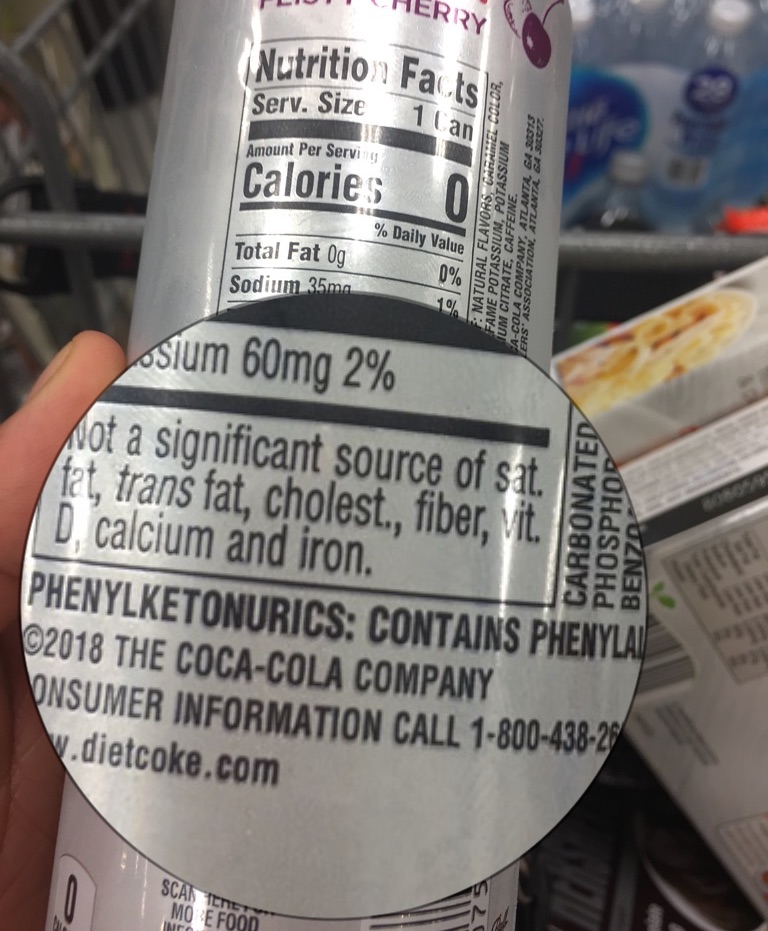

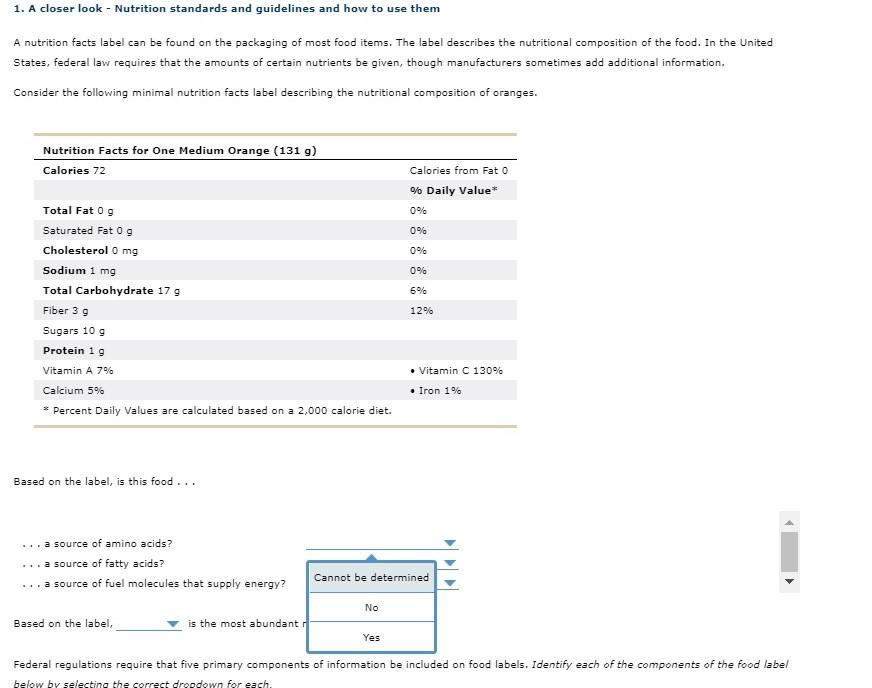

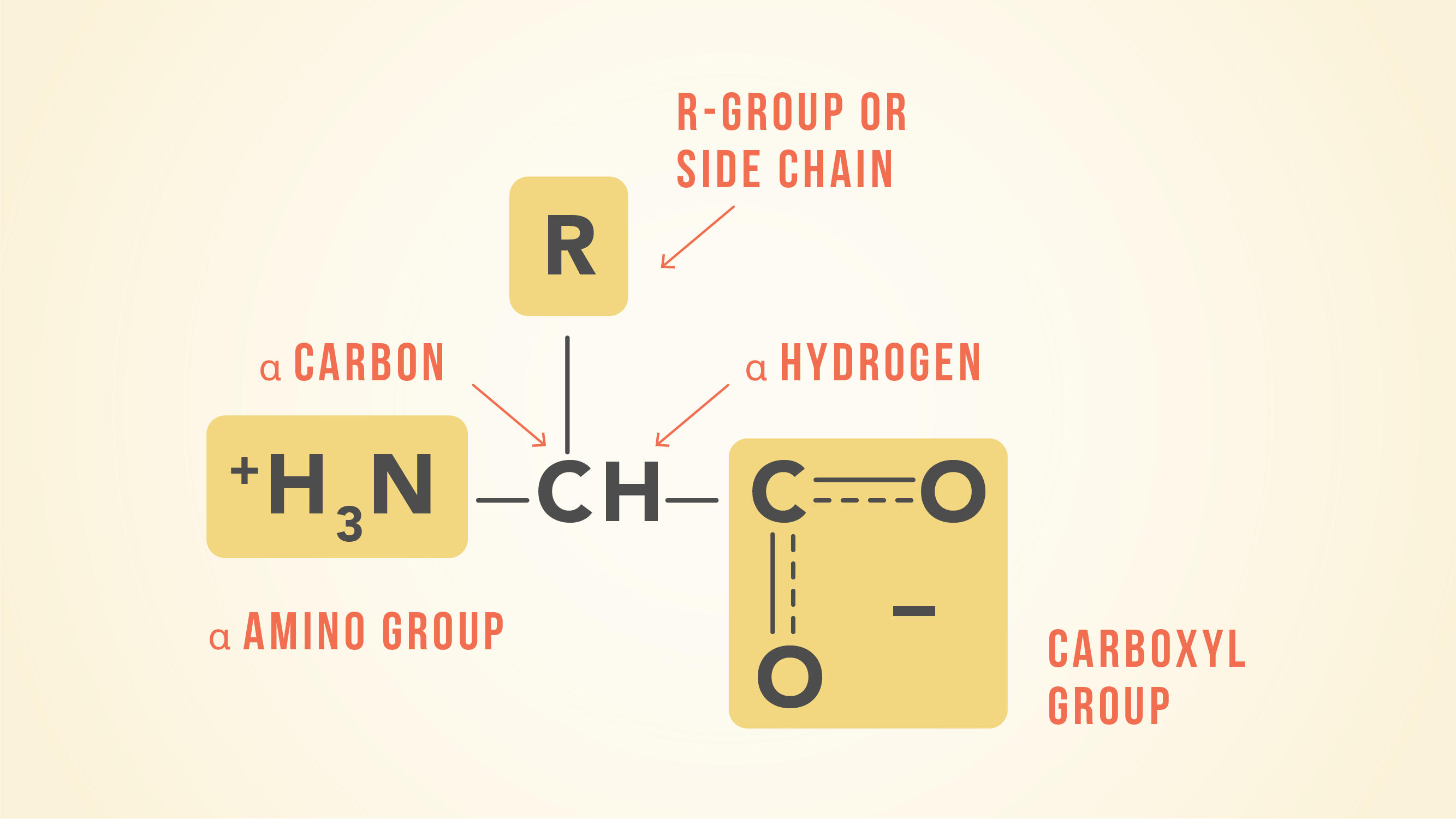





Post a Comment for "41 what are amino acids on food labels"